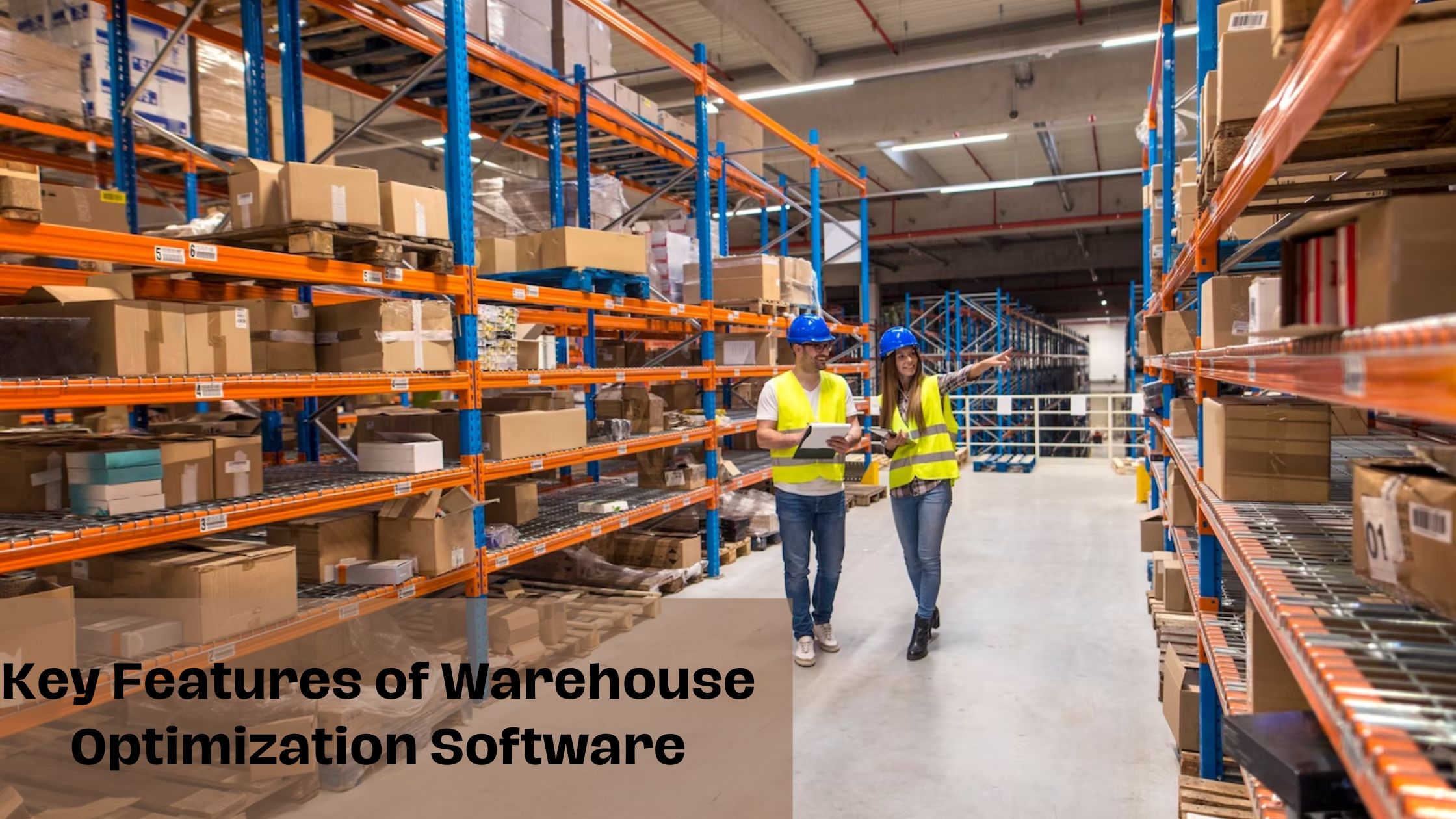
Exploring the Key Features of Warehouse Optimization Software
In the dynamic landscape of supply chain management, the role of warehouses is pivotal in ensuring the seamless flow of goods from manufacturers to end consumers. As businesses strive to enhance operational efficiency, reduce costs, and meet customer demands promptly, the adoption of warehouse optimization software has become imperative. This blog delves into the key features of warehouse optimization software, shedding light on how these technologies revolutionize traditional warehouse management systems.
I. Inventory Management:
One of the primary functions of warehouse optimization software is to streamline and enhance inventory management. Traditional inventory tracking methods often lead to inaccuracies, delays, and increased costs. Warehouse optimization software employs advanced algorithms to provide real-time visibility into inventory levels, locations, and movement. Automated inventory tracking minimizes the risk of stockouts and overstock situations, allowing businesses to maintain optimal stock levels, reduce holding costs, and enhance overall efficiency.
II. Demand Forecasting:
Accurate demand forecasting is critical for optimizing warehouse operations. Warehouse optimization software integrates sophisticated forecasting algorithms that analyze historical data, market trends, and other relevant factors to predict future demand. This feature helps businesses anticipate customer needs, plan inventory replenishment effectively, and minimize the likelihood of stockouts. By aligning inventory levels with demand forecasts, companies can optimize storage space, reduce carrying costs, and improve overall supply chain performance.
III. Order Processing and Fulfillment:
Efficient order processing and fulfillment are essential for meeting customer expectations and maintaining a competitive edge. Warehouse optimization software automates order processing workflows, reducing manual errors and processing times. Through features like order picking optimization, the software minimizes travel times for warehouse staff, improving overall order fulfillment speed. Additionally, order accuracy is enhanced, leading to higher customer satisfaction and repeat business.
IV. Warehouse Layout Optimization:
Optimizing the physical layout of a warehouse can significantly impact efficiency. Warehouse optimization software employs algorithms to design layouts that minimize travel distances for workers and vehicles, reducing operational costs and speeding up order fulfillment. By considering factors such as product popularity, order frequency, and storage requirements, the software creates layouts that enhance accessibility and maximize storage space utilization.
V. Labor Management:
Effective labor management is crucial for warehouse productivity. Warehouse optimization software includes features for workforce planning, task assignment, and performance monitoring. By analyzing historical data and real-time metrics, the software helps businesses allocate resources efficiently, reduce idle time, and enhance overall labor productivity. This results in cost savings and improved operational efficiency.
VI. Integration with Other Systems:
Seamless integration with other enterprise systems is a key feature of warehouse optimization software. Integration with Enterprise Resource Planning (ERP), Customer Relationship Management (CRM), and Transportation Management Systems (TMS) ensures a synchronized flow of information across the entire supply chain. This interoperability improves decision-making processes, enhances communication, and provides a holistic view of the entire business operation.
VII. Real-time Analytics and Reporting:
Warehouse optimization software provides real-time analytics and reporting capabilities, empowering businesses to make data-driven decisions. Through customizable dashboards and reports, stakeholders gain insights into key performance indicators (KPIs) such as order fulfillment rates, inventory turnover, and labor productivity. This information enables quick identification of bottlenecks and inefficiencies, allowing for timely adjustments and continuous improvement.
VIII. Advanced Technology Integration:
Warehouse optimization software leverages advanced technologies to further enhance its capabilities. Integration with technologies such as Internet of Things (IoT), RFID (Radio-Frequency Identification), and AI-powered analytics allows for real-time monitoring of assets, inventory, and equipment. These technologies enable businesses to achieve unprecedented levels of accuracy, visibility, and automation in their warehouse operations.
IX. Scalability and Flexibility:
In a rapidly evolving business environment, the ability to scale and adapt is crucial. Warehouse optimization software is designed to be scalable, accommodating the growing needs of businesses. Whether a company experiences seasonal fluctuations or rapid expansion, the software can adapt to changing requirements. This scalability ensures that the benefits of warehouse optimization can be realized across various business sizes and industries.
X. Cloud-based Solutions:
Many warehouse optimization software solutions are now offered as cloud-based services. Cloud-based solutions offer the advantage of accessibility from anywhere, facilitating remote management and collaboration. They also eliminate the need for businesses to invest heavily in hardware infrastructure and maintenance, making warehouse optimization more cost-effective and accessible for a broader range of organizations.
Conclusion
The key features of warehouse optimization software propel logistics management into a new era of efficiency, accuracy, and adaptability. Businesses, regardless of their size or industry, can benefit immensely from these cutting-edge technologies. As the demand for streamlined supply chain operations intensifies, the role of warehouse optimization software becomes increasingly pivotal.
For businesses seeking to embark on this transformative journey, partnering with a specialized Logistics Software Development Company is the strategic choice. These companies bring a wealth of expertise in creating tailored solutions that align with the unique needs and challenges of modern supply chain management. The synergy between innovative software solutions and the domain knowledge of a Logistics Software Development Company is paramount for achieving sustainable success in an ever-evolving market.



